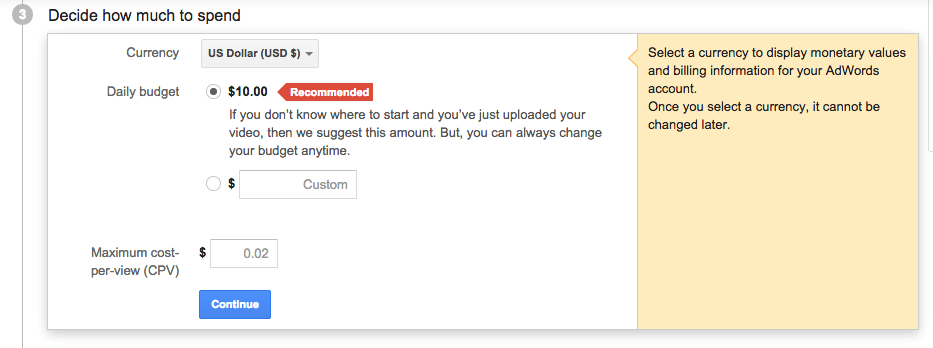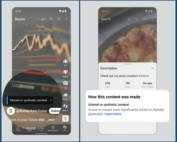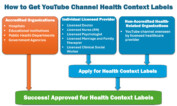YouTube advertising is the strongest form of social media advertising, introducing 18% of the new products customers find on social media and driving more conversions than any other platform. This conclusion comes from a study released in September by AOL Platforms based on 500 million clicks, 15 million conversions and three billion impressions across social media platforms. The same study says that paid social media leads to 25% more conversions than “organic” or free social media. So it stands to reason that your organization or business would want to consider using YouTube advertising, including creating video suited to the purpose.
Three ways to use a video to for YouTube advertising
YouTube advertising videos have three different formats:
- TrueView in-stream ads. These appear before or after a video—before seems to be the most common, and viewers can choose to skip them. It’s like watching previews at the movie theater, except you get to skip them.
- TrueView in-display ads. In-display ads appear alongside other YouTube videos, or on websites that match your target audience. Like TrueView in-stream ads, the audience can skip TrueView in-display ads.
- Non-skippable in-stream ads. Like TrueView in-stream ads, these run as part of the stream of another video, either before or after them, but the audience can’t skip them.
TrueView ads are slightly newer than non-skippable ads; YouTube introduced them late in 2010. For reasons we’ll go into below, TrueView ads have some real advantages.
YouTube advertising doesn’t have to cost a lot
If, like most nonprofits and small businesses, you have a tight budget, you may be wondering if you can afford YouTube advertising. However, it uses a cost-per-view model, so you only pay to run your ad when someone views your ad for at least 30 seconds (or the whole video if it’s shorter than 30 seconds). During the setup process, you set the highest amount you’re willing to pay for a view and your daily or monthly budget, so you have substantial control over your costs. If you’re familiar with AdWords, you know exactly how it works, as YouTube advertising is in fact synonymous with AdWords for video.
You can get a lot of views for a minuscule fraction of what a television ad would cost you. And even more than television, YouTube advertising lets you target your video by viewers’
- Demographics (age and gender)
- Location (down to the zip code!)
- Interests, and
- Search Keywords
That way you can create a video targeted at a particular demographic that you know is likely to be interested in your organization, and YouTube can nearly ensure the people that view your video fit the profile. Targeting ensures a better return on investment, and TrueView ads have the advantage that consumers can skip them, so you’re not paying for anybody to watch your ad who isn’t willing.
At the same time, YouTube advertising is not right for every organization or business. It is important that you consider how your organization or business stands to gain by reaching audiences on the broad web and YouTube who are not already connected with you. You need to ask whether YouTube advertising will help you reach an audience you want. If that is the case, you likely should invest in YouTube advertising and in the development of video ads that are geared to your target audience and that incorporate key words they they search for on the web.
One aspect of YouTube advertising that actually makes this affordable is that it may be possible to use a video that you use in other formats and/or footage from a longer video, making the marginal cost of creating your video advertisement very low. Like most venues for online video, YouTube advertising seems to reward short videos. The search engine optimization firm Seer Interactive reported that more than twice as many people watched a 30-second video advertisement as a 1:11 ad. Although YouTube doesn’t limit advertising video lengths, and only recommends they be shorter than 5 minutes, this suggests that 30 seconds or less is probably the right length.
Nonprofits are experimenting with YouTube Advertising
As the digital agency See3 reported, the Animal Legal Defense Fund created the video below and 25,980 people watched the video ad, 26% of them to completion.
We think the time is ripe for many more nonprofits and small businesses to take advantage of YouTube advertising. While the idea of video commercials may conjure the idea of enormous television budgets, YouTube lets you start small. We’d love to help you be a part of the trend.




